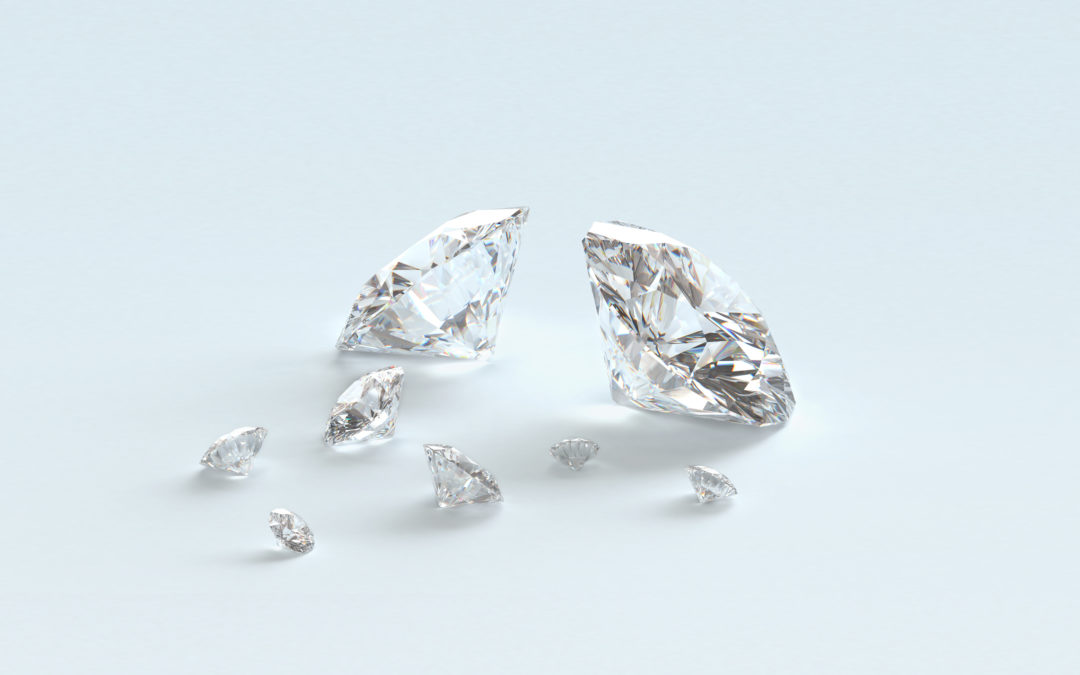Hello hello! We’re excited to be back on the blog, bringing our 4 C’s Series to a close with our final C— you guessed it— carat! For a refresher on the first three C’s visit our previous posts on clarity, cut and color. Let’s get to it!
Carats are the units in which all diamonds may be weighed. The carat of a diamond is fairly straightforward and easy to determine. Carats are evaluated on a point system. 100 points is the equivalent of a single carat; therefore, a half-carat equals 50 points, quarter-carat is 25 points, so on and so forth. As you increase your diamond weight it may also be helpful to know that 142 carats equal a single ounce.
Many often confuse “carat” with “karat”; however, they are not synonymous. Karat is the unit in which the purity of gold is measured. The term carat actually stems from the carob seed, native to the Mediterranean and the Middle East, which was used at the ancient unit of measure for the weight of a diamond. As time passed and technology advanced, mechanical balances and electric scales became more accurate tools of measurement. Today, almost all diamonds are weights with the use of digital gem scales.
While diamonds come in many weights, one piece one-carat diamonds are far more rare to find in nature than smaller diamonds of lesser weights. For this reason one-carat diamonds cost more than two half-carat diamonds or four quarter-carat diamonds of the same color, clarity and cut.
It’s important when choosing the right carat weight that you take into account a couple of different factors. First, the type of setting you choose for your diamond will affect it’s appearance. Do you want a thin band? Thick band? Yellow gold? White gold? Do you want your focal diamond to be surrounded by smaller ones? Second, all diamonds look bigger when worn on a small hand.
The largest diamond to ever be found weighed 3,106.75 carats and was mined in South Africa. The Cullinan Diamond, named after it’s founder Thomas Cullinan, was cut into nine large diamonds and 96 smaller diamonds for practical reasons. Two of the Cullinan’s smaller satellite diamonds are now part of the British Crown Jewels.
Some of our customers prefer a cluster of small diamonds in an intricate setting to one large-carat diamond sitting lonesome on a thin band. People like different things, and we think that’s awesome. Either way, we’re here to keep you in the know of all things jewelry. We hope this series has helped to clarity exactly what type of diamond fits your fancy. And remember, when the time comes for you to create your very own dream piece, you can count on us to make it happen. Here at Heart to Heart Fine Jewelry our goal is to deliver superior craftsmanship in addition to top-notch customer service.

